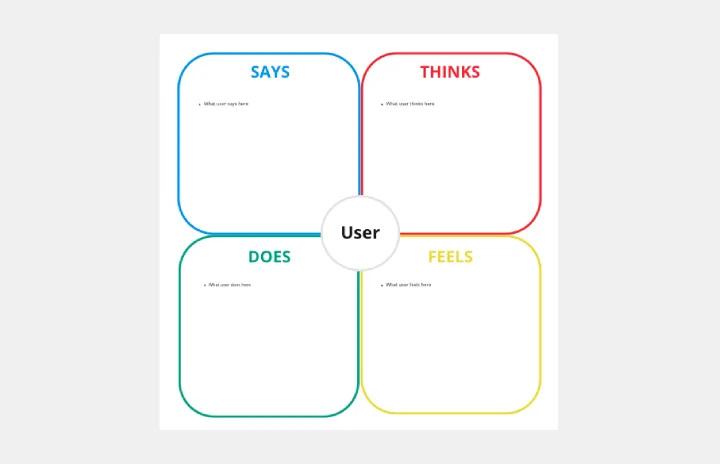Back to Research & design
UX templates
Lead design tasks and visually lay out concepts and ideas with Miro's UX templates collection. Create a visual hub where you can have all UX resources, like UX research templates, in one shared space so that you can consult, edit, and leave feedback.
404 templates
UX Presentation Template
1 likes60 uses
UX Research Plan Template
1 likes58 uses
UXD Empathy Map Template
0 likes205 uses
Lean UX Canvas Template
0 likes74 uses
Fly UX Customer Journey Map
151 likes1.2K uses
UX Project Canvas Template
1 likes20 uses
AJ&Smart's Remote Design Sprint
847 likes11K uses
Storyboarding Toolkit
878 likes4.7K uses
The Customer Question Board
450 likes3.8K uses
Journey Map To Plot the Customer Experience
811 likes3.5K uses
Personas Workshop
513 likes3.4K uses
UX Career Strategizer
546 likes3.1K uses
User Persona
227 likes3K uses
Heuristic Evaluation
135 likes2.9K uses
Zendesk Triple Diamond
302 likes2.9K uses
Behavioral Persona
422 likes2.7K uses
Usability Testing
207 likes2.7K uses
Persona Workshop
375 likes2.6K uses
The Bounded Context Canvas
154 likes2.4K uses
CV Resume
97 likes2.3K uses
Design Principles
371 likes2.1K uses
User Experience Map FlyUX
234 likes2.1K uses
Flow Improvement Process
405 likes1.9K uses
Qualitative Interview Analysis
343 likes1.8K uses
Features Generator
271 likes1.7K uses
Double Diamond
55 likes1.4K uses
OOUX - ORCA Process
116 likes1.4K uses
The Good Service Scale
114 likes1.3K uses
User Empathy Map
272 likes1.3K uses
Design Brief
381 likes1.3K uses
Findings Report Presentation
175 likes1.3K uses
Official Remote 5-day Design Sprint
196 likes1.3K uses
Remote Design Sprint
92 likes1.2K uses
Tube Map
102 likes1.2K uses
Ideation
202 likes1.2K uses
Heuristic Evaluation
66 likes1.1K uses
Object-Oriented UX (OOUX)
104 likes1.1K uses
Design Thinking Toolbox
258 likes1K uses
Inclusive Customer Experiences
291 likes1K uses
User Research [#HowIDoItInMiro]
140 likes1K uses
Introducing Remote UX Workshops
119 likes1K uses
User Journey
178 likes992 uses
Explore more
5 Whys TemplatesBrandingCanvas TemplatesCustomer Journey MapDesignDocumentationEmpathy MapFMEA Analysis TemplatesHuman-Centered DesignMarketing Brief TemplatesPersona TemplatesPosition Statement TemplatesRACI chart templatesRaid Log templatesMarket ResearchRoot Cause Analysis TemplatesService Blueprint TemplatesStoryboardUIFlowchart
